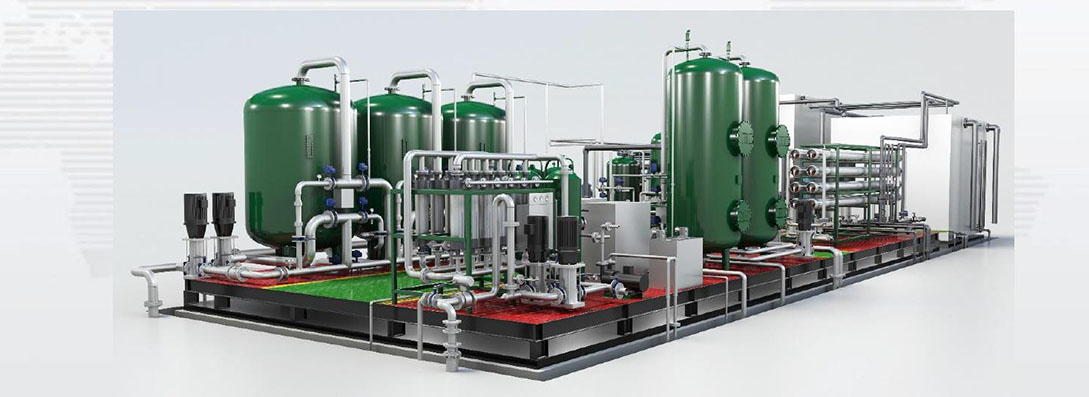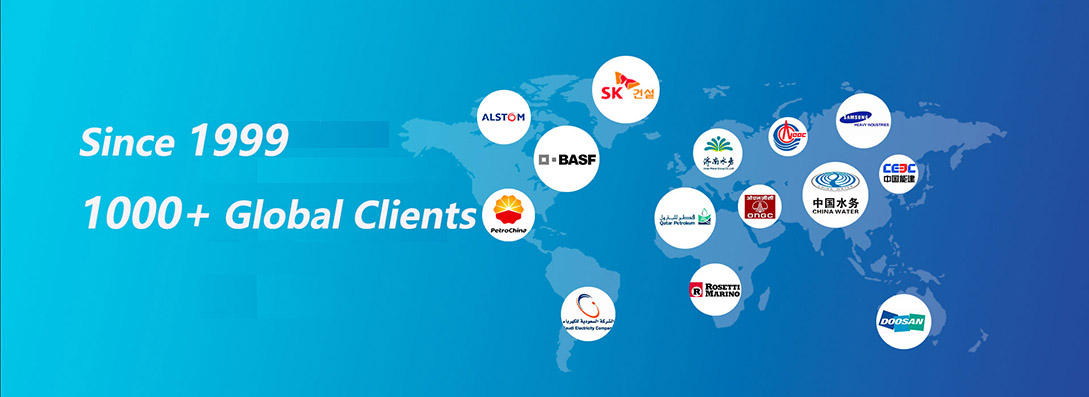Chlorine Dioxide Generator for Biofouling Control in Oil and Gas Wellhead Depressurization Systems
Biofouling, the accumulation of microorganisms or biological substances on surfaces, poses a significant challenge in various industrial processes, including oil and gas production. When it comes to wellhead depressurization systems, the presence of biofilms and microbiological growth can lead to reduced flow rates, increased corrosion, and operational inefficiencies. To combat these issues, chlorine dioxide generators have emerged as an effective solution for controlling and mitigating biofouling in such systems. This article aims to explore the use of chlorine dioxide generators in oil and gas wellhead depressurization systems for biofouling control.
The Role of Chlorine Dioxide Generators Chlorine dioxide (ClO2) is a powerful oxidizing agent that exhibits broad-spectrum biocidal properties. Unlike traditional disinfectants like chlorine, ClO2 effectively kills both planktonic cells and sessile biofilm-forming organisms, making it ideal for combating biofouling in wellhead depressurization systems. The generators produce ClO2 onsite by combining precursor chemicals, ensuring a constant and reliable source of this biocide.
Advantages of Chlorine Dioxide
- Efficacy: Chlorine dioxide has demonstrated superior microbial control compared to other biocides. Its effectiveness against bacteria, fungi, viruses, and algae ensures comprehensive protection against all types of biofouling agents.
- Selectivity: Unlike other oxidizers, such as ozone or chlorine, ClO2 selectively reacts with cellular components, minimizing damage to the equipment or surrounding environment.
- Residual Action: Chlorine dioxide exhibits residual activity, allowing it to provide long-lasting protection against biofouling even after the initial application.
- Safety and Environmental Friendliness: Properly generated chlorine dioxide is non-carcinogenic, non-genotoxic, and leaves no harmful residues, making it a safe choice for wellhead depressurization systems.
Application of Chlorine Dioxide Generators Implementing chlorine dioxide generators in oil and gas wellhead depressurization systems involves several steps:
- System Assessment: An initial evaluation of the system's current biofouling situation is conducted to determine the required ClO2 dosage and application frequency.
- Generator Installation: The generators are strategically positioned within the system, ensuring proper mixing and distribution of ClO2 throughout the components.
- Chemical Preparation: Precursor chemicals, such as sodium chlorite and hydrochloric acid, are properly mixed, resulting in an ongoing production of chlorine dioxide.
- Continuous Monitoring and Adjustment: Regular monitoring of key parameters, including residual ClO2 concentration and system performance, allows for adjustments in generator operation if needed.
Conclusion Biofouling in oil and gas wellhead depressurization systems can lead to serious operational issues, impacting productivity and safety. The use of chlorine dioxide generators offers an effective solution for combating microbiological growth and biofilm formation. With its broad-spectrum biocidal properties, selectivity, residual activity, and safety profile, chlorine dioxide provides sustainable and efficient control over biofouling in these critical systems. Bringing together innovation and environmental responsibility, chlorine dioxide generators have become a valuable tool in maintaining the integrity and optimal functioning of oil and gas wellhead depressurization processes.
https://bluewavv.com/e_products/Chlorine_Dioxide_Generator-2.html
Application
Contact Us

Name: Diana
E-mail: [email protected]
Skype: +86-15-22-27-71-011
WeChat: +8615222771011
Whatsapp: +8615222771011
Add: Office N.420D-C1 Tower Ajman,UAE









 Skype Chat
Skype Chat WhatsApp
WhatsApp  Mail inquiry
Mail inquiry
